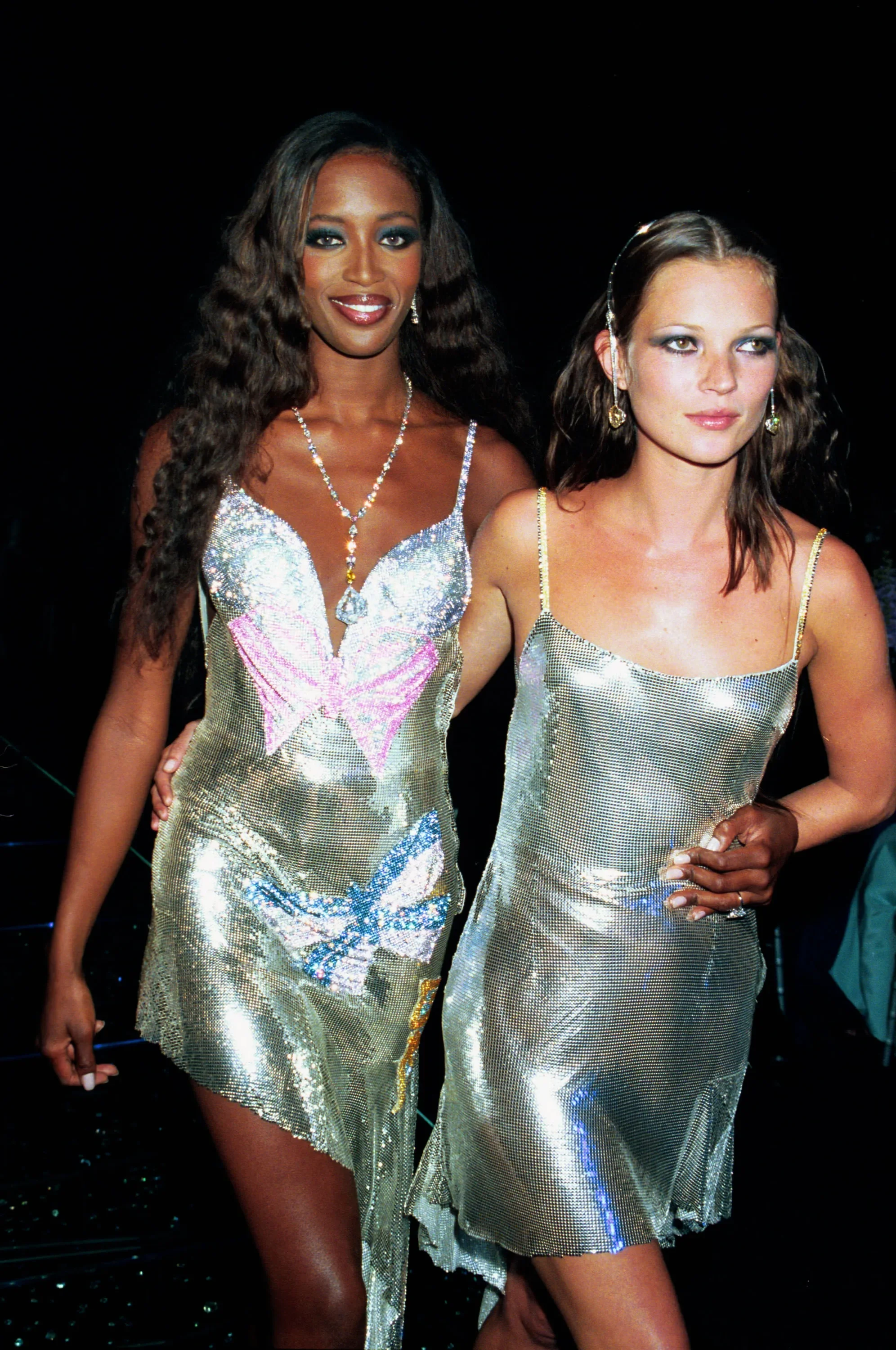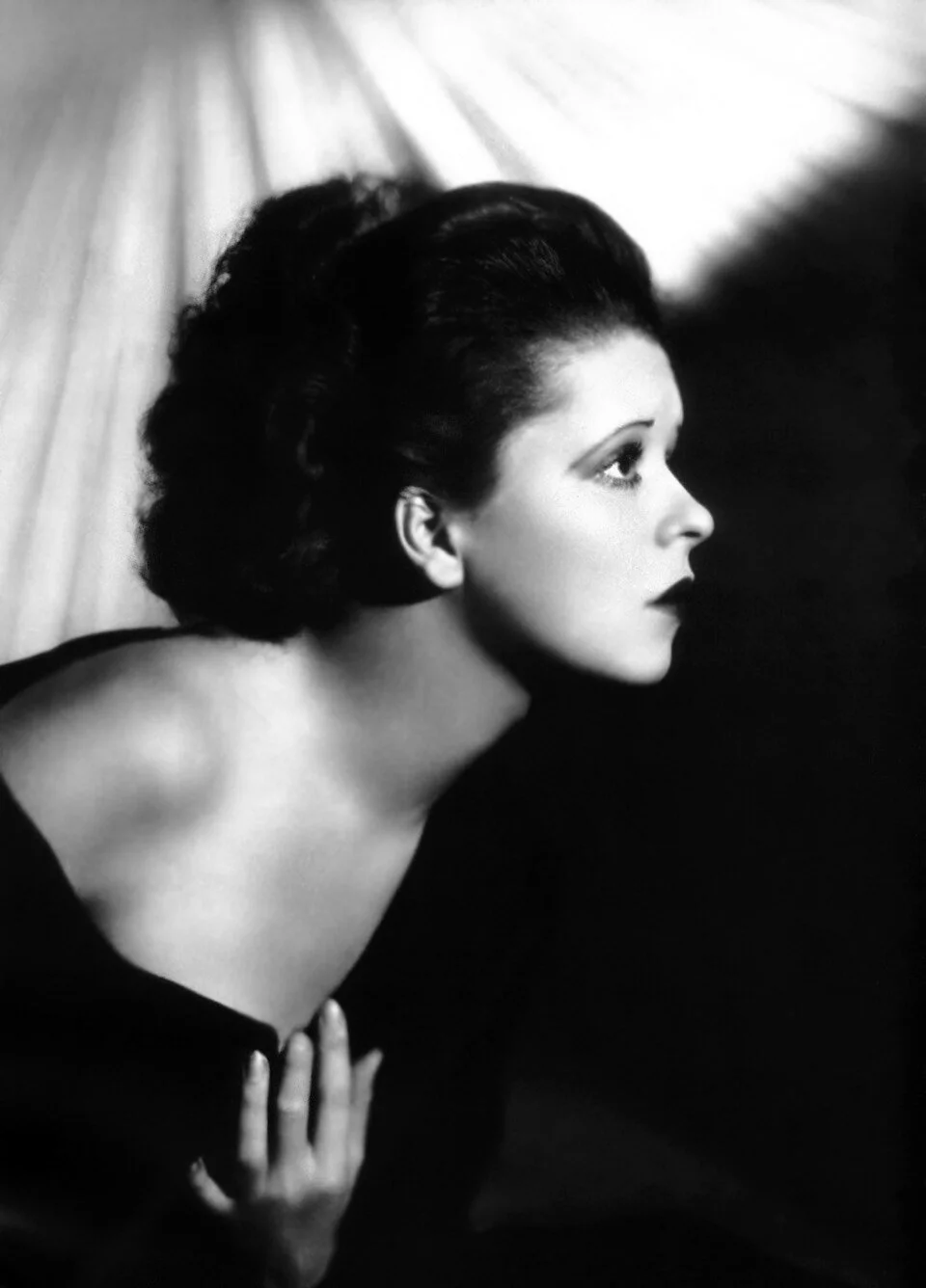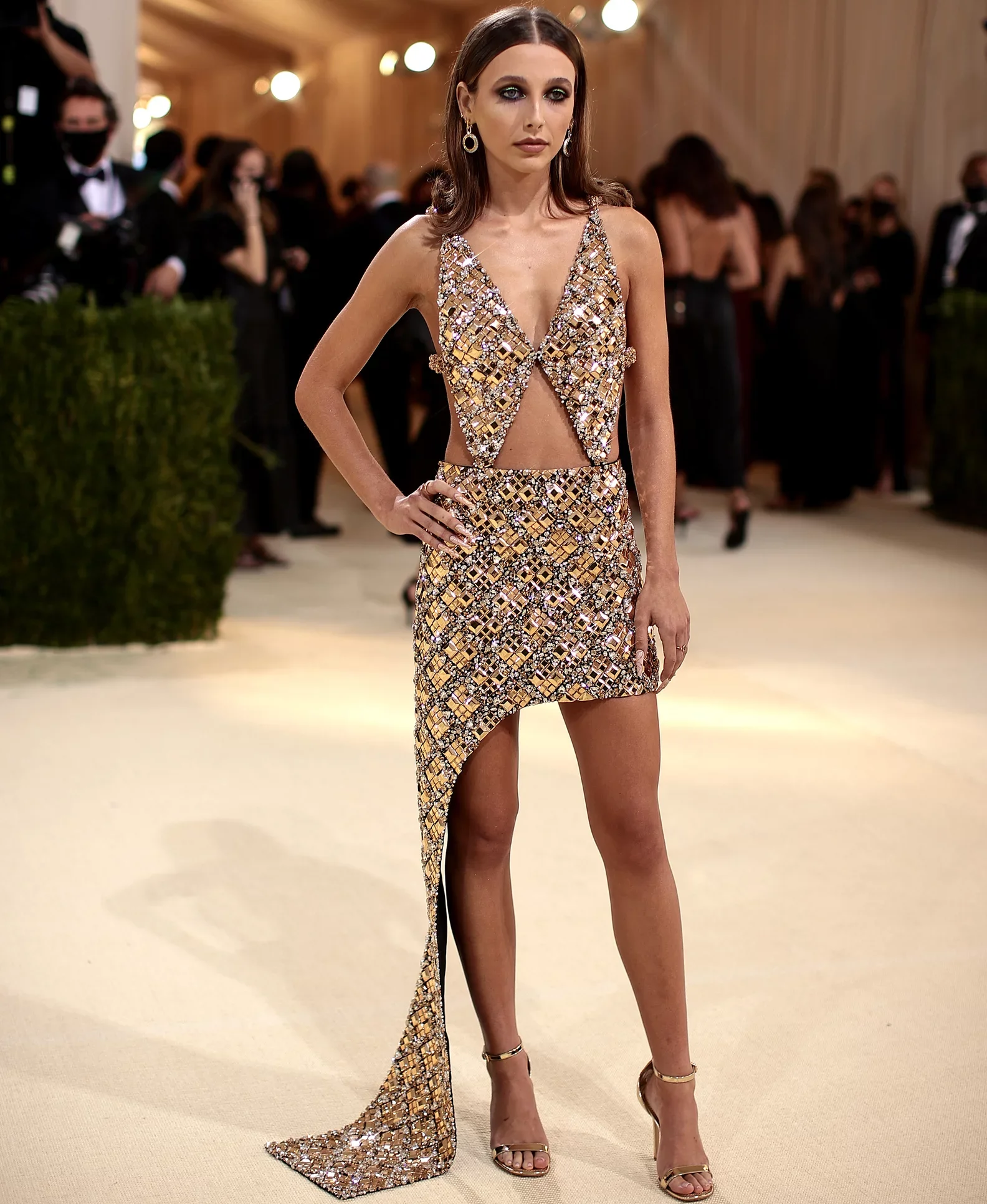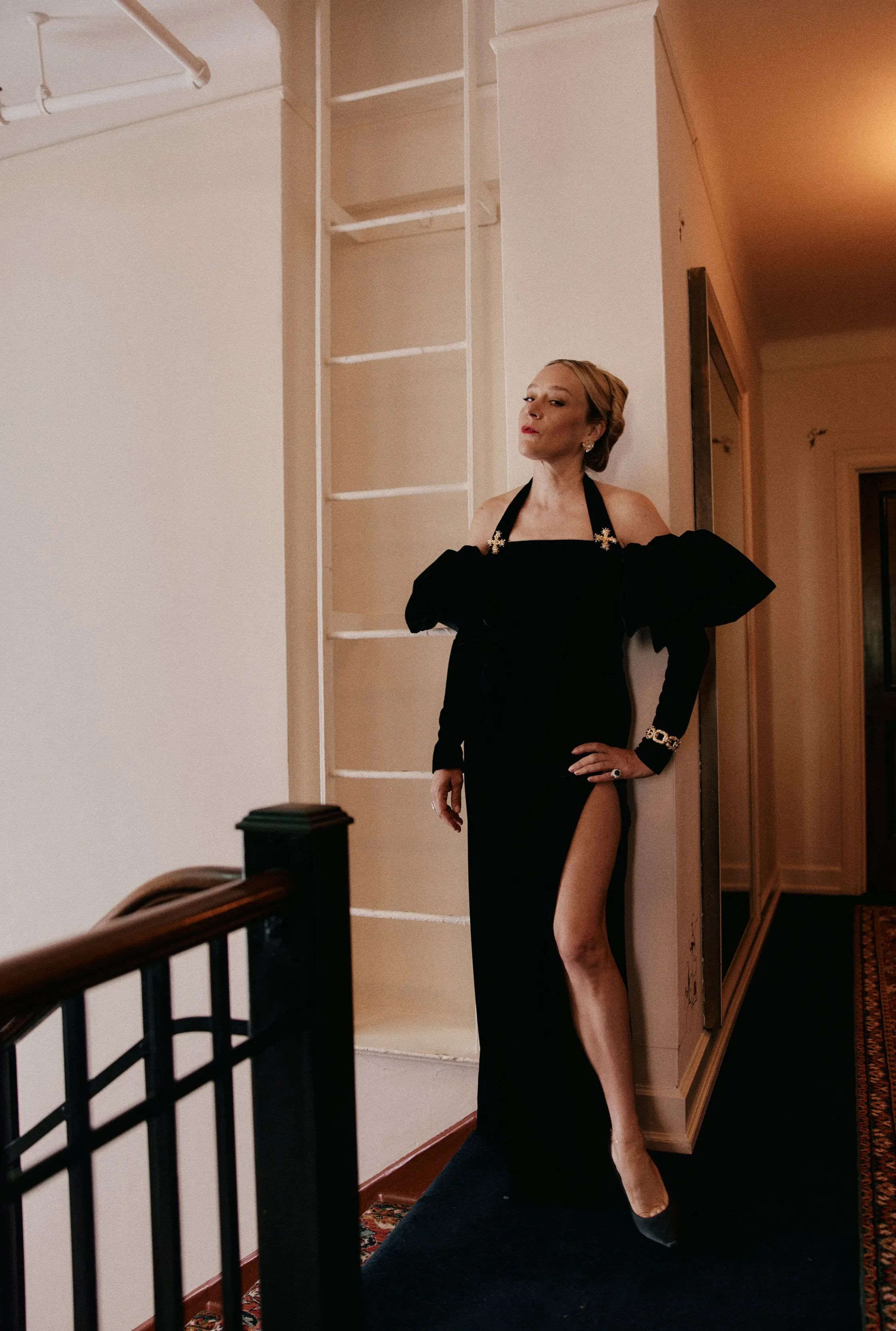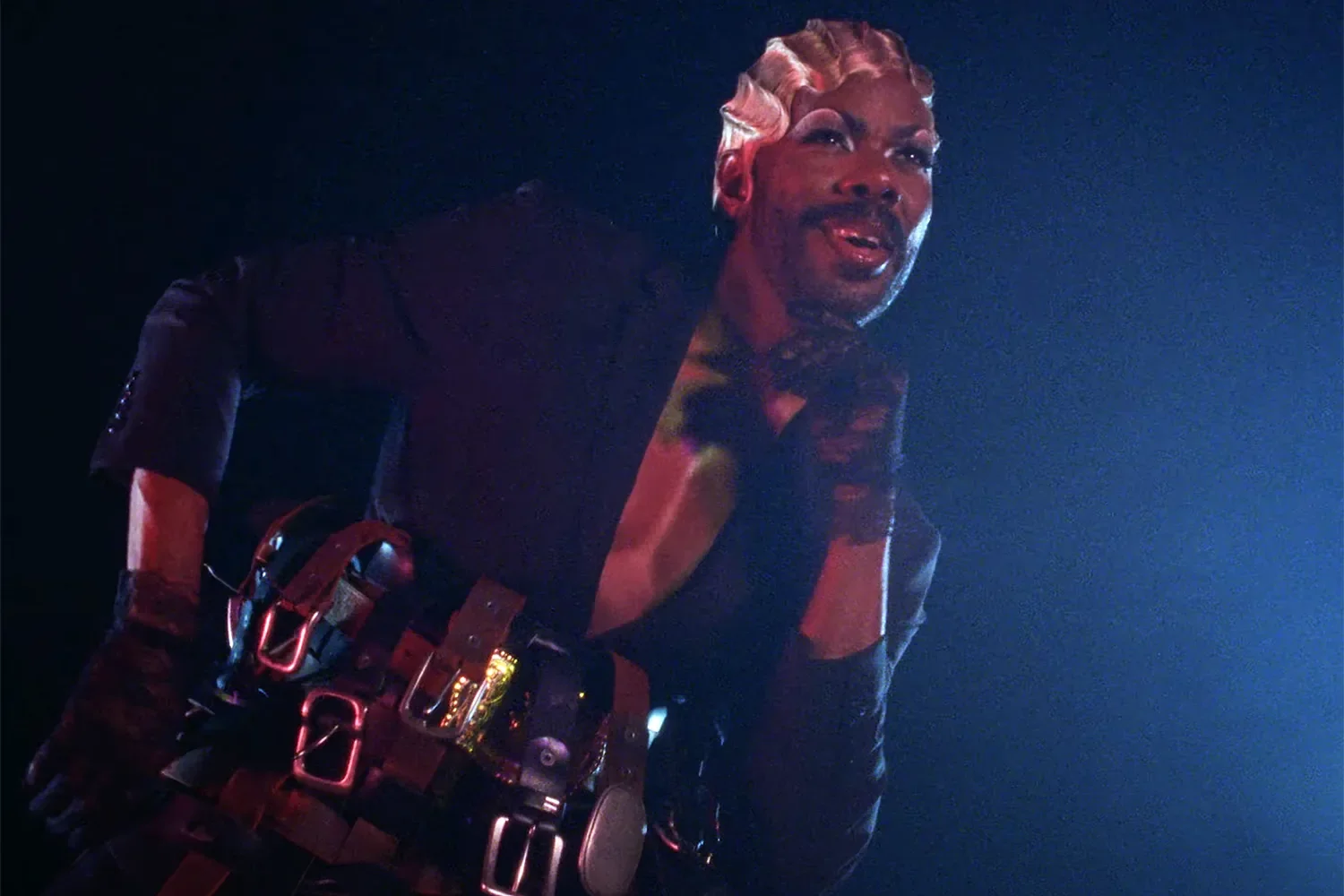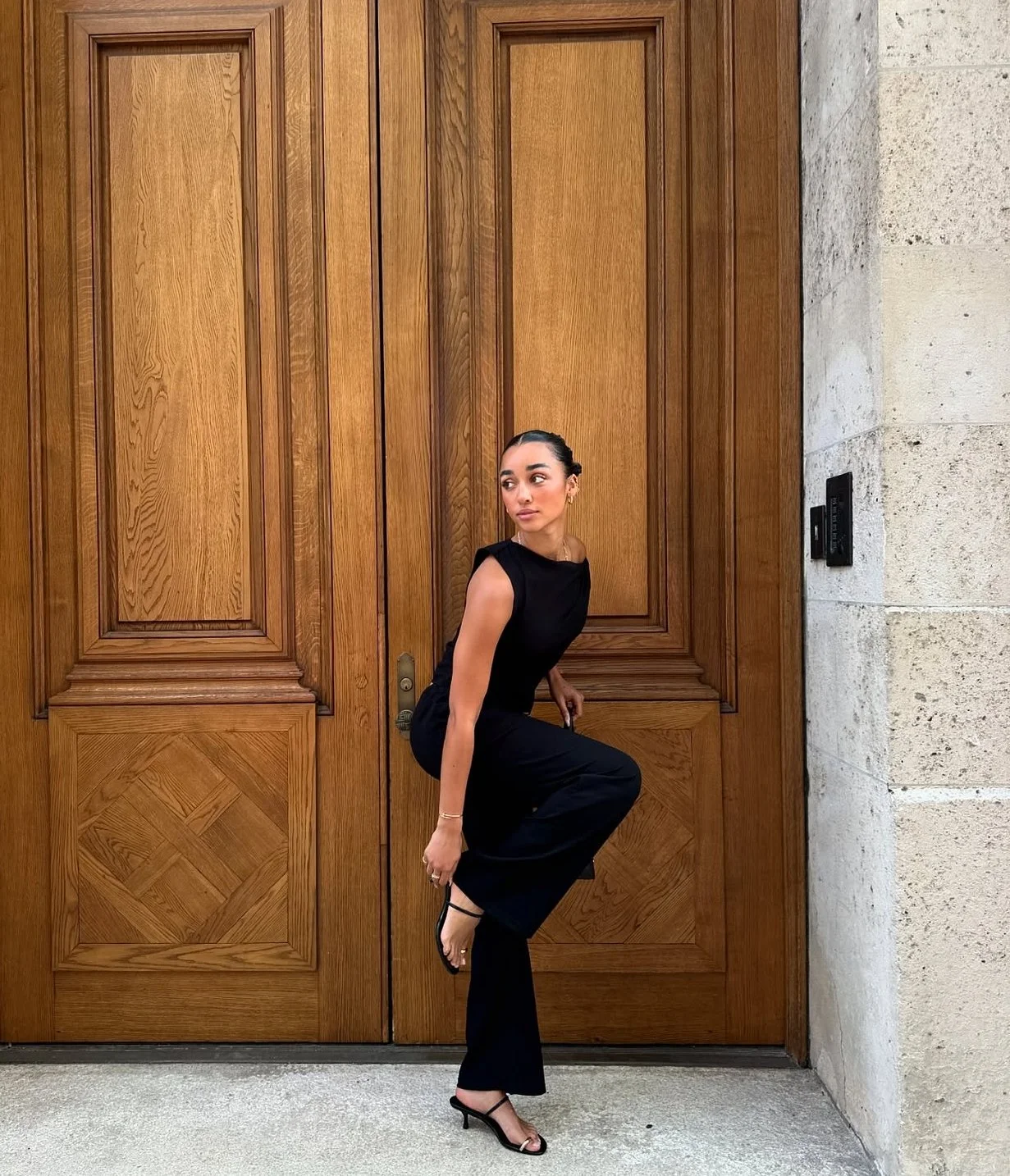The It-Girl Is Everywhere— But Does She Still Matter?
The It-Girl is no longer a product of fashion houses and glossy magazines, but she can emerge from anywhere, shaped not by gatekeepers but by a collective audience.
The It-Girl Is Everywhere— But Does She Still Matter?
Once upon a time, the It-Girl was an exclusive symbol of unattainable cool— crowned by fashion houses, worshipped by glossy magazines, admired from afar. Think Kate Moss in the ’90s (heroin chic, but somehow aspirational), Alexa Chung in the 2010s (the reason we all wore Peter Pan collars), or Brigitte Bardot before them. They were the blueprint: impossibly stylish, a little intimidating, and always out of reach.
In 2025, the It-Girl isn’t one woman— she’s everyone. Social media has rewritten the It-Girl narrative, fragmenting her into different aesthetics: clean girl, coquette, downtown girl… Influence no longer trickles down from elites; it’s audience-driven, diverse, and participatory. Which raises the question: if everyone can be an It-Girl, does the title still hold its weight?
‘It’ Started With Clara Bow
The concept of ‘It’ wasn’t born in Hollywood but in literature. Elinor Glyn described it as ‘a quality possessed by some few persons which draws all others with its magnetic life force,’ but it was Clara Bow’s charisma in the 1927 film It that turned the idea into a cultural archetype. For decades, ‘It-Girl’ meant Bow alone, until the late ’70s when the label expanded, first to Diana Ross, then to a lineage of figures from Jane Birkin to Camille Rowe and the Olsen twins, all handpicked by media gatekeepers to embody the beauty standard of the moment.
Clara Bow, 1927
Naomi Campbell and Kate Moss in Versace, captured by Dave Benett
While the archetype tried to hold steady— white, thin, effortlessly stylish— icons like Naomi Campbell and Aishwarya Rai cracked that mould. Often working twice as hard to be acknowledged alongside their white counterparts, they didn’t wait to be chosen— they made themselves impossible to ignore.
That’s what makes today so radically different. Social media has cracked open the hierarchy. The It-Girl is no longer a product of fashion houses and glossy magazines, but she can emerge from anywhere, shaped not by gatekeepers but by a collective audience.
The Collective Cool
Vogue recently declared that “The It-Girl is more than a person; she is an aesthetic, a cultural moment, a business distilled into human form.” But that aesthetic— once embodied by a single aspirational face— is now fragmented. Where brands once leaned on a few It-Girls like Cara Delevingne for Chanel, they now turn to micro-influencers, niche creators, and whole communities to reach hyper-specific corners of the internet.
“Brands don’t necessarily look for one person anymore,” said Maanya Lakhiani, a Parsons student and former Ganni intern. “They look for a certain vibe.” Ganni even bottled theirs into a persona: the “Ganni Girl.”
This character-driven approach is even more vibrant in personality-driven labels. Take Mirchi by Kim, founded by South Asian model Kimaya Singh. Her audience isn’t chasing an image— they are the image. The “Mirchi Girl” (named after the Hindi word for spicy) isn’t about a body type but an attitude. “It’s just you or me,” Kimaya told me. “She’s a mess, but she’s loud, and she’s soft, and she’s just all these different versions. And it’s okay to be all those different things.”
Courtesy of Mirchi by Kim
This isn’t just about aesthetics; it’s about power. The It-Girl used to be chosen for us; now we choose her, or better yet, recognise her in ourselves. That makes her infinitely more interesting: not an industry-issued fantasy but a mirror of collective taste.
And it’s not limited to Western fashion capitals. A recent Business of Fashion feature, “Meet India’s New It Girls,” spotlighted rising figures who aren’t parroting Paris or New York, but remixing tradition with internet fluency and a hyper-local sense of style. The It Girl, once tethered to Western ideals, is now a borderless phenomenon.
Of course, some dynamics remain stubborn. Even self-styled It-Girls are still judged by desirability, coolness, and cultural relevance. The packaging might be more democratic, but the scrutiny? Just as sharp as ever.
The Internet’s Complicated Relationship with the It-Girl
Even though the internet is packed with influencers and self-styled It-Girls, there’s still a huge gap between them and the old-school A-list elite.
Emma Chamberlain’s rise captures this shift perfectly: once a relatable vlogger, she’s now part of the Met Gala set— her fame creating distance from the audience that made her.
New York-based influencer Daniela Myler told me Chamberlain defined her teenage years: “Her videos were like everything to me. I still love her; I had such a connection to her when I was younger. But I don't even watch her vlogs anymore. She kind of lost her relatability when she moved into this big house in the hills.”
Emma Chamberlain at her MET Gala debut in 2021
This is a familiar story: once someone blows up online, relatability often disappears and people’s perception of who you are changes.
In a recent People Magazine interview, Chamberlain herself admitted the pressure: “If I wear an outfit that’s comfortable and maybe less sexy, then it’s like, ‘Emma turned ugly. She’s no longer an It girl.’” That conditionality— look the part, stay aspirational but not too removed— shows how relatability itself has become a form of cultural capital. The modern It-Girl is stuck in an impossible performance loop. She isn’t just dressing for herself but for an audience demanding both authenticity and perfection, a paradox that burns many out.
Living in the Spotlight
The modern It-Girl is expected to do it all: churn out content, remain aspirational, yet feel authentic at every turn. It’s a balancing act that demands constant performance.
This pressure exposes a fault line: two archetypes— the everyday It-Girl built on relatability and intimacy, and the untouchable muse of high fashion. Crossing over from the former to the latter often means losing inclusivity and accessibility— the very qualities that made someone influential to begin with.
Ashley Galang, a freelance stylist, explained how industry structures reinforce this divide: “As much as we want to be body inclusive, we don't have access to samples that [represent that]. Because of those limitations, it ends up falling on sample sizing.” What gets shown, and therefore celebrated, is still dictated by restrictive supply chains and designer visions, narrowing who can truly embody “It.” In other words, the internet may celebrate diversity, but the machinery behind the scenes—casting, sizing, publishing—still enforces old hierarchies.
Chloë Sevigny by Emilio Madrid
Yet the fascination with It Girls hasn't waned. In 2023, New York Magazine devoted its 55th-anniversary issue to “A Century of the New York ‘It’ Girl,” exploring the title’s cultural power. The profiles made one thing clear: the It-Girl isn’t just stylish; she’s aspirational but just close enough to emulate. That paradox of remaining both desirable and accessible keeps her endlessly marketable.
Vogue’s recent guide, “How to Make an It-Girl,” distilled this further: she’s not only a cultural barometer but also a marketing blueprint. Brands crave relatability and reach, and the It-Girl offers both. Despite Chamberlain’s anxieties, the role remains a commercial and symbolic force— reinvented for every era, every feed, every algorithm. What’s changed isn’t the allure, but the rules of play: influence today requires not just beauty and charisma, but constant negotiation between intimacy and spectacle.
Beyond Gender: The Rise of the It-Person
By 2025, the “It-Girl” isn’t just a girl anymore. Take Wisdom Kaye, often dubbed an honorary It-Girl despite identifying as a man. His TikTok rise and fashion presence prove that “It” energy isn’t tied to femininity— it’s about cultural fluency, confidence, and influence. Cool has officially transcended gender binaries.
None of the people I spoke to insisted that an It-Girl had to be female. Like how “guy” works casually as gender-neutral, “It-Girl” seems to have softened at the edges. Ashley put it perfectly: “It could just be anyone of any gender who’s killing it in the fashion game. Like, it could be ASAP Rocky or Colman Domingo.”
Colman Domingo in Sabrina Carpenter's 'Tears' MV
Still, some barriers are stubborn. Even as more people across the gender spectrum are celebrated for their It-energy, the old blueprint (again: thin, conventionally attractive, often white) lingers. The doors are opening, sure, but many are still stuck at the threshold. This tension reveals how fashion often embraces progress on the surface while quietly reinforcing the same narrow ideals behind the scenes.
Yet culture is rarely static. For every barrier fashion clings to, there are voices prying it open. Musicians like Doechii and Lil Nas X push past limits, not just with clothing but with performance, genre disruption, and unapologetic self-expression. They prove that an It-Girl— or It-Person— doesn’t have to look or sound one way. Meanwhile, figures like Paloma Elsesser, Alex Consani, and Alok Vaid-Menon expand the visual language of “cool” through body diversity, queerness, and cultural hybridity, reshaping who gets to be seen, celebrated, and copied.
The takeaway? The It-Girl has never really been just a girl. She was always an idea— one that’s finally slipping free of gender, even if not yet of beauty standards.
So, Does the It-Girl Still Exist?
In some ways, yes, but also no. The old-school exclusivity that once defined It-Girl status is gone, replaced by something more fluid, more inclusive. And honestly? That makes the title more compelling, not less.
As Myler cheekily put it, “There’s literally a lap for every ass.” In other words, no matter who’s scrolling, there’s someone out there they connect with deeply. “They could have 50,000 followers, but to whoever’s watching them, they are the world. They have the best style. They are the most interesting. They are the most funny.” Influence today isn’t measured by scale alone— it’s subjective, rooted in personal connection and resonance.
This shift lets people engage with fashion on their own terms. As Maanya mentioned to me, influencers have made it easier for people to express themselves and take ownership of their image. The It-Girl isn’t a glossy fantasy anymore— she’s reachable, someone whose lifestyle feels like it could sit alongside your own.
Eloise Dufka via Instagram
That said, decentralisation has its limits. Saturation breeds nostalgia, and a return to dominant figures— each commanding their niche— remains possible.
So is the It-Girl dead? Not even close. She hasn’t vanished—she’s multiplied, her influence scattered across feeds and campaigns.
The It-Girl is everywhere, and that ubiquity is exactly why she still matters.
